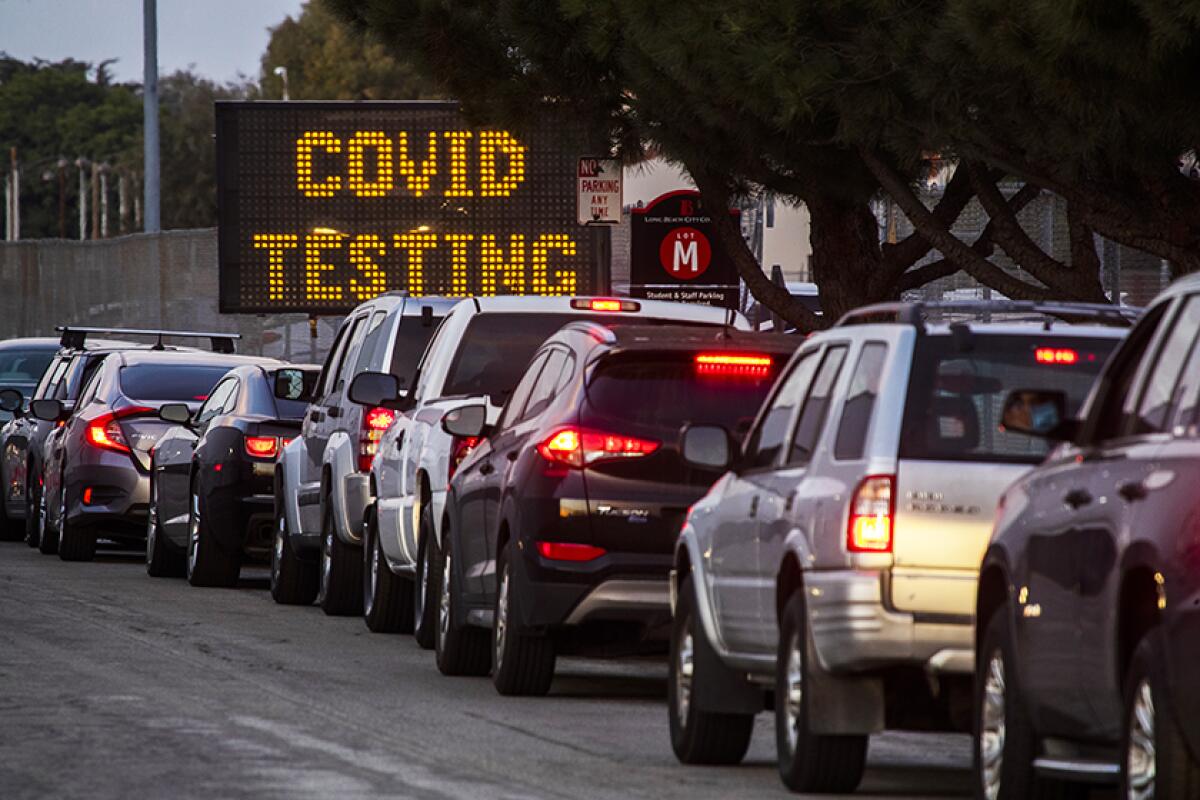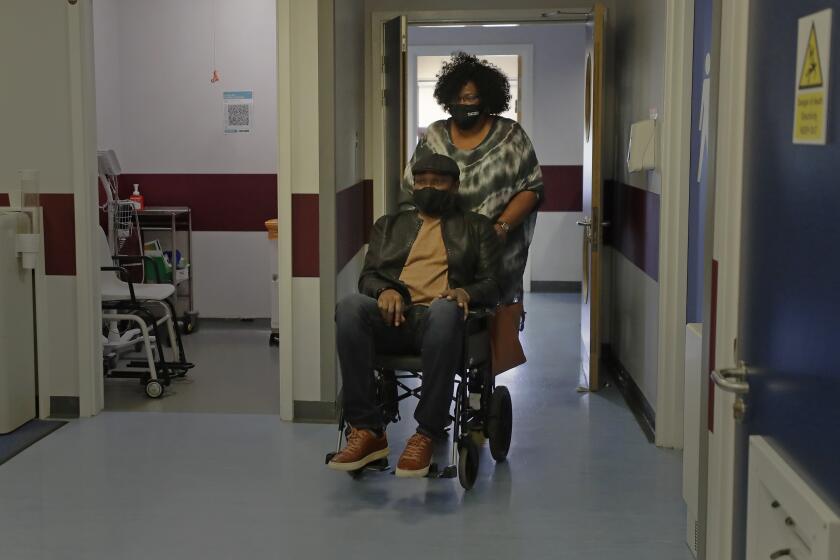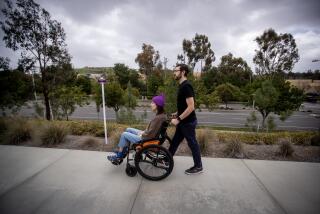Editorial: The COVID-19 pandemic emergency is over, but virus is still here

After three long and difficult years, the federal COVID-19 public health emergency ends Thursday. The World Health Organization declared the coronavirus emergency was over globally the week before, and earlier this year California ended its pandemic state of emergency.
But make no mistake: The emergency response may have ended, but COVID-19 is still with us. The virus that has officially killed about 7 million people worldwide (and very likely many more unofficially), and more than 1.1 million people in the United States, is still sickening thousands every day. People are still dying. Millions are still suffering from the loss of loved ones, opportunities and finances. A new, more infectious Omicron subvariant, Arcturus, is circulating in Los Angeles, along with a brand-new symptom: pink eye.
Mild cases of COVID-19 can cause patients to suffer long COVID symptoms, and a new study finds that some of those symptoms can linger for more than a year.
Now we are shifting into the next phase, in which we manage the waves of infection that are likely to continue for the foreseeable future, while seeking new medications and therapies to reduce transmission, treat infection and help the many people still suffering from infections they contracted months, even years earlier.
It’s not certain how many people have the condition known as long COVID, though health experts estimate it may be in the millions. A study by the Centers for Disease Control and Prevention last year found that nearly one-fifth of Americans who had COVID over the previous two years were still experiencing symptoms, which include fever, dizziness, cognitive dysfunction and heart palpitations.
Most troubling, research by the National Institutes of Health has found disparities in the diagnosis of long COVID. Latino and Black people are more likely to develop long-term symptoms after the initial infection, but are less likely to be properly diagnosed. These are communities that already experienced a high rate of COVID-related deaths and economic fallout from pandemic measures, and continue to lack proper access to medical treatment. It’s unacceptable that they should continue to suffer disproportionately.
We need a 9/11-style COVID commission to take a clear-eyed, non-political look at mistakes in the first year of the pandemic.
It’s frustrating that policymakers haven’t taken the steps necessary to prepare for the next public health emergency, which include taking an inventory of the ways the nation stumbled (early testing snafus, lack of supplies and little federal/state coordination of resources, just to name a few) so that we can put better systems in place.
Yes, drug companies were able to develop vaccines in less than a year after the pandemic began, but we can’t count on that happening with every new infectious disease. But it seems as if lawmakers want to forget the terrible times. A bipartisan bill that would have created a 9/11-style commission to review state and federal responses remains stalled in Congress.
That’s a shame, because scientists tell us that humanity may face another deadly pandemic much sooner than the century between the 1918 influenza pandemic and COVID. As the emergency ends, the nation’s health and political leaders must not let go of the urgency to build a stronger public health response for the next public health crisis.
More to Read
A cure for the common opinion
Get thought-provoking perspectives with our weekly newsletter.
You may occasionally receive promotional content from the Los Angeles Times.












